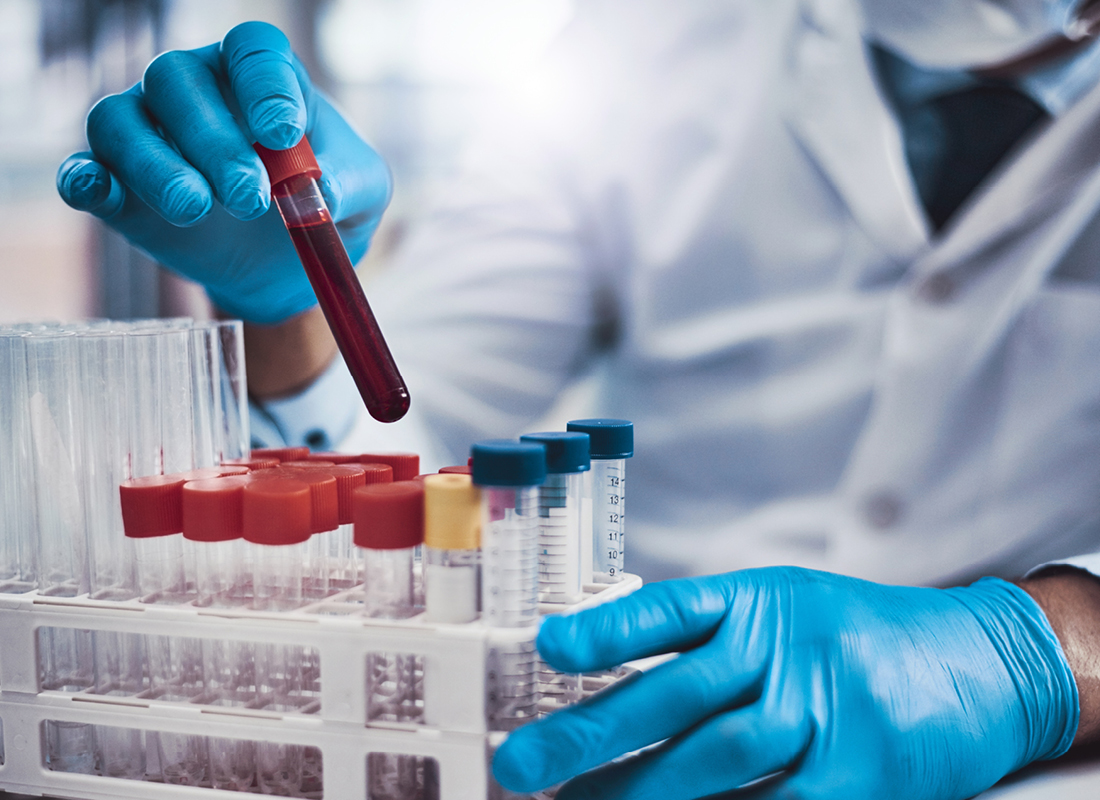iSpecimen Generates New Market for Discarded Biospecimens
From - Diagnostic Testing & Emerging Technologies iSpecimen (Lexington, Mass.) can be thought of as a cross between a dating site and an online marketplace for human biospecimens. The company has built… . . . read more

iSpecimen (Lexington, Mass.) can be thought of as a cross between a dating site and an online marketplace for human biospecimens. The company has built a turnkey solution that connects providers, such as hospital systems, commercial labs, and biobanks, to researchers looking to gain access to these specimens and associated data from electronic medical records and other sources. It’s a win-win situation, with providers having a new market for both soon-to-be discarded and banked specimens, researchers more efficiently accessing needed specimens and rich clinical data, and patients getting a chance to make a contribution to research.
G2 recently spoke to Christopher Ianelli, M.D., Ph.D., iSpecimen’s founder and CEO, to learn about the company’s business model, patient preferences for sample donations, and how biobanking is anticipated to evolve in the coming years.
iSpecimen’s goal is to reduce research costs and procurement time, while ultimately hastening clinically relevant discoveries. What is the business case for iSpecimen? How do you deliver value to your partners and investors? What I tell investors is that there is real value to the bookends on our business model—the bookends being the health care provider system and the life science research community. We create value on both sides. On the health care provider side we focus on hospitals as the prototypical partner we work with. If you walk into the laboratories of those hospitals, they have very well organized workflows that take in samples and conduct clinical testing to deliver results to the clinicians and patients. Then, those samples are almost always thrown away. In the clinical laboratory it is a matter of days before they throw away a sample that was tested. In pathology labs it is anywhere from days to a decade later that tissue that doesn’t get used is thrown away. You can walk into 99.9 percent of hospitals across the country and you can point to the garbage cans and say that there is tremendous value in that garbage can, especially if you can link the material in that garbage can to data.
We give them an opportunity to work with us, before they throw anything away, to help us identify what in their workflow can be utilized beyond the clinical lifespan. Instead of throwing it away, allow iSpecimen to identify researchers across the world that are asking for access to that material because it is perfectly useful for research endeavors. This gives hospitals the choice. Instead of discarding the material, they can take it, pack it, and ship it off to the researcher. That sample can yield research results that will ultimately come back and help their patients or patients like them. We will provide all of the tools in the form of technology and processes to make it a very efficient process so that the laboratory does not need to worry about distractions to their core workflow.
If you go out and talk to life science researchers, in industry or academia, they have long complained about the bottleneck in going from discovery through validation, which can slow getting their product— a diagnostic test or therapeutic—to market. The bottleneck is they can’t proceed because they do not have the number of samples they need, or adequate quality of samples. We solve that for them. Instead of calling the 5,000 hospitals across the country to cobble together samples, they can work with just us and we will deploy their request across our partner network to make it more efficient. For researchers, it is a huge defragmentation exercise that helps them get material.
We are compensated by the research community for the matching service when we are successful in identifying samples for them. We share that revenue back with provider partners that sourced the material, and they put this back into their day-to-day operations, including patient care. Our investors like it because from the money we take in from researchers and the money we share with our partners, there is something left over as profit. We are not yet profitable, but we are on our way.
When researchers can’t use remnants we have a whole other track where they can make requests of us that they need collection under certain conditions or a specific volume or collected in a certain tube you would not ordinarily use clinically. This track is ‘research use only,’ where we collect non-remnant samples. These are obtained under patient consent to send directly to the researcher.
For the full interview with Ianelli, see the February 2017 issue of Diagnostic Testing & Emerging Technologies.
Subscribe to Clinical Diagnostics Insider to view
Start a Free Trial for immediate access to this article